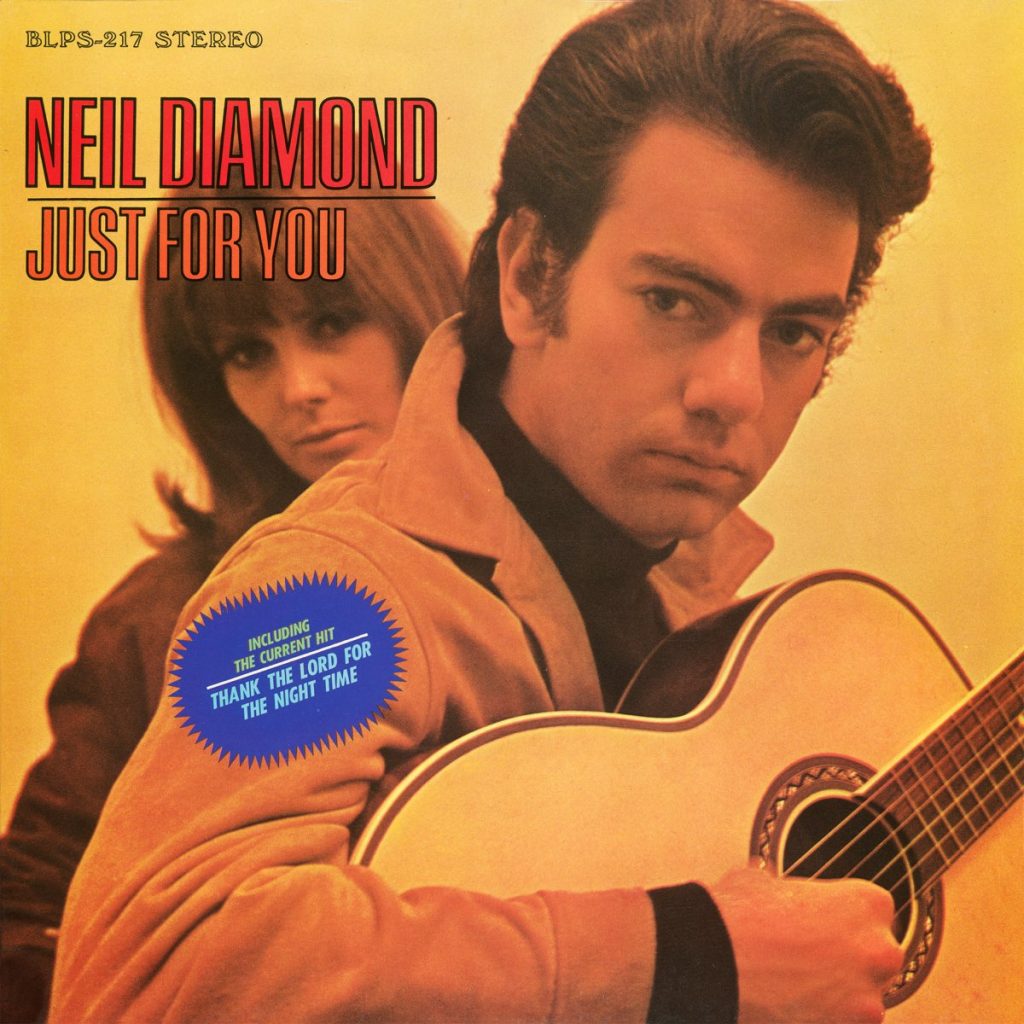
Neil Diamond’s “Shilo”: A Ballad of Childhood Dreams and Lost Innocence
In the realm of American music, few names resonate with the same enduring power and heartfelt lyricism as Neil Diamond. His songs, imbued with a blend of folk, rock, and pop sensibilities, have transcended generations, becoming timeless anthems of love, loss, and the human experience. Among his vast repertoire, “Shilo” stands out as a poignant ballad that captures the essence of childhood dreams, the bittersweet pangs of lost innocence, and the enduring power of hope amidst life’s trials.
Released in 1967, “Shilo” emerged during a period of immense creative ferment for Diamond. His songwriting prowess was burgeoning, and he was finding his voice as a storyteller, weaving tales of love, loss, and the complexities of the human condition. “Shilo” emerged from this crucible of creativity, bearing the hallmarks of Diamond’s signature style: vivid imagery, evocative melodies, and lyrics that resonate with emotional depth.
The song’s opening lines paint a vivid portrait of a solitary child’s world, where dreams and imagination provide solace and escape from the harsh realities of life. “Shilo, you always came, and we’d play in the park,” Diamond sings, his voice imbued with a childlike wonder that belies the underlying sadness of the narrative. The park, a sanctuary for the young protagonist, becomes a canvas upon which dreams are projected and cherished.
As the song progresses, the narrative shifts, revealing the protagonist’s longing for connection and acceptance. “I’d tell you my secrets, and you’d never judge,” Diamond sings, capturing the universality of a child’s yearning for a confidante, someone who would listen without judgment and offer unwavering support. Shilo, whether a real or imagined figure, becomes the embodiment of this idealized friendship, a beacon of hope in a world that often feels cold and unwelcoming.
The song’s emotional core lies in the poignant realization that the world of childhood innocence is fleeting, inevitably giving way to the complexities and disappointments of adulthood. “Shilo, where are you now?” Diamond laments, his voice echoing the melancholic strains of the melody. The disappearance of Shilo symbolizes the loss of childhood illusions, the harsh awakening to the realities of life that often shatter youthful dreams.
Yet, amidst the bittersweet nostalgia and undercurrents of loss, “Shilo” offers a glimmer of hope. The song’s final verse suggests that the spirit of Shilo, the embodiment of childhood dreams and unwavering friendship, lives on within the protagonist’s heart. “I know we’ll meet again, Shilo,” Diamond sings with conviction, his voice imbued with a newfound resilience. This promise of reunion, whether literal or metaphorical, signifies the enduring power of hope, the belief that even in the face of loss and disillusionment, the essence of our dreams can never be truly extinguished.
“Shilo” stands as a testament to Neil Diamond’s songwriting genius, his ability to craft songs that resonate with emotional depth and universal truths. It is a ballad that captures the bittersweet beauty of childhood, the poignancy of lost innocence, and the enduring power of hope that resides within the human spirit. As the song’s final notes fade, leaving listeners with a lingering sense of melancholy and yet a glimmer of optimism, “Shilo” cements its place as a timeless masterpiece of American songwriting.